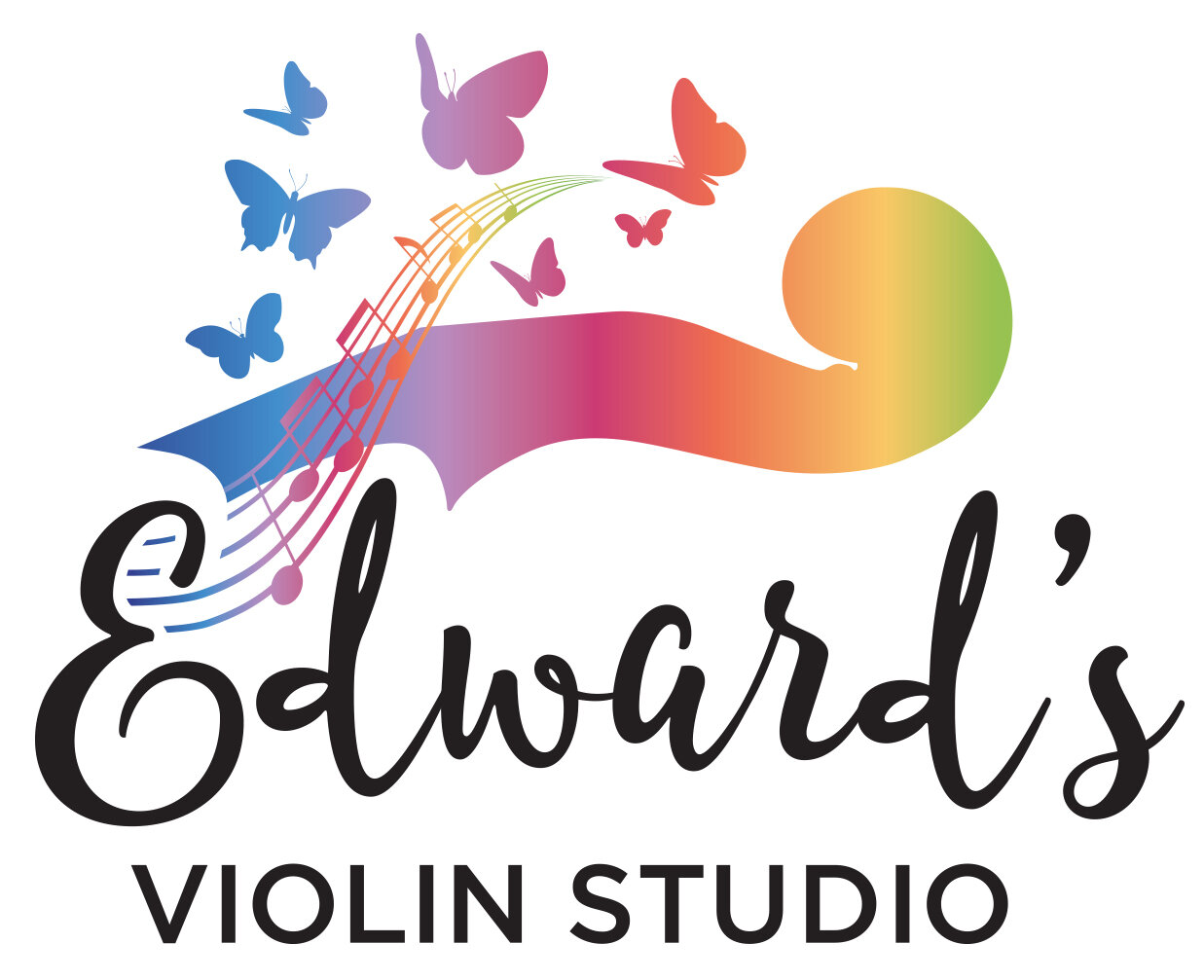How To Play With A Broken Arm
"We have to cancel!" So came a recent last-minute e-mail from a parent. "Our son broke his arm!"
It would have been easy for me to say, "Okay, see you when the cast comes off." But I wondered if there was an opportunity for learning here. So I asked them to come to the next lesson.
They agreed to come, but the student, who I’ll call “Michael”, was skeptical at first. “I can’t even hold it!” he said. “Let’s just see what happens,” I responded. “If you hold your arm up, can we balance the violin on it?” He decided to give it a try. Sure enough, though Michael had little mobility and his fingers were mostly inside the cast, he found he could balance the violin in play position.
Discovering what to work on
This gave us a chance to work on several things. First, holding the violin with his head, we did twirls and knee bends, walked around the studio, and counted to ten. I gave his mother the nod to write this down as a practice item for home.
Second, we worked on his tone. I had him give me his best bow hand and play a series of down bows and up bows, followed by some Twinkle rhythms. These also went on the practice sheet.
Then things got really interesting. Since Michael could not place any fingers, we had to play with only open strings. I gave him an open-string duet part for French Folk Song. Over the course of the next two lessons I taught him how to recognize the notes for the open strings, how to count a dotted half note, and how to accompany the melody. Soon we were playing a beautiful duet.
Violin Conversations
We took turns playing, each inventing something on our open strings to which the other had to make up a response. I began simply by bowing a few notes, and he responded in kind. Gradually I added a variety of bow strokes, rhythms, slurs, dynamics, and so forth. At first he merely mimicked me, but as we went along he became more independent and his bowings and patterns more complex.
We decided to call this “Violin Conversations.”
The look on his face, as he discovered each new thing to “say”, was sheer delight. To see him openly finding pleasure in the exercise, even laughing with me, not only made it memorable for both of us, but ensured I would try it with other students (who had not broken their arm or dealt with a cast!)
Lessons learned
Lesson #1: Never underestimate what can be done by playing open strings!
Lesson #2: Never underestimate how much practicing can be done, without a violin, without a working hand, arm, or any other missing element.
Lesson #3: Creativity happens within constraints. I realized that by asking them not to cancel, to come despite the broken arm, I was giving myself a teaching constraint. I needed to see what I would do in a situation where I had an hour with a student who could not use his left hand. We found other avenues of learning that I would not have tried otherwise.
So the next time there is a thing broken, a part missing, an obstacle present - see if you can handle that in a different way. Rather than stopping, lying down, immediately going for surrender, try to use the obstacle to produce something creative.
When we do this, we can also teach our kids to do it. Music is one way where the life lesson of flowing with obstacles rather than fighting against them comes to the fore.
Responding to obstacles
No one is perfect at responding to obstacles. But we can learn to lean toward them, asking of the situation whether there is anything we might have missed, any space there for creative conversation. To do this requires that we embrace obstacles rather than close them off. If we can do this, we will not only find accomplishment in that space, but true meaning and joy.
Michael did eventually come back without his cast. I’m glad his arm is healed. But I think we’ll keep up the open string practice, and especially the Violin Conversations, for some time to come.
~~~
Book Recommendation
For more about how to respond to obstacles like this on a daily basis, here is a book I found both inspiring and helpful: The Obstacle Is the Way by Ryan Holiday, published by Penguin Group, New York..
